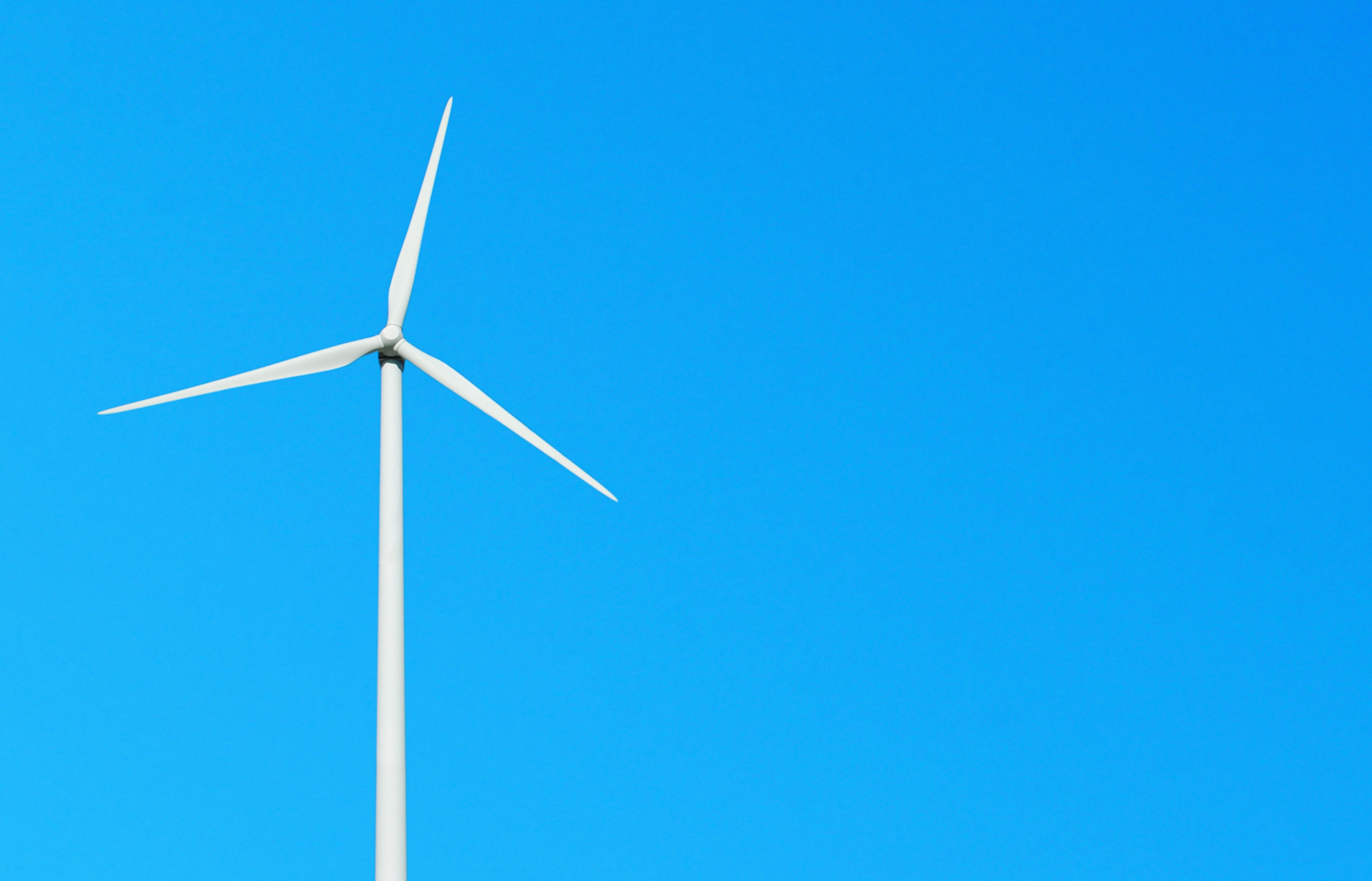Are you ready to take the leap and switch to solar power? If so, you might be considering installing your own DIY solar system. While it may seem daunting at first, with a little bit of research and planning, anyone can do it! In this blog post, we’ll cover everything you need to know about how to install your own DIY solar system, even if you’re not handy.
Introduction to DIY Solar Power Systems
Solar power is one of the most popular renewable energy sources available today. It’s easy to see why – solar panels are becoming more affordable every year, they require very little maintenance once installed, and they have a long lifespan. Plus, using solar power means that you’re reducing your carbon footprint and helping to protect the environment.
If you’ve been thinking about switching to solar power but don’t want to pay for professional installation, consider doing it yourself. With some basic tools and knowledge, you can save money by installing your own DIY solar system.
The Benefits of Using Renewable Energy Sources
There are many benefits to using renewable energy sources like solar power. First and foremost, it’s sustainable – unlike fossil fuels which will eventually run out, sunlight is an endless resource. Additionally, using solar power reduces our dependence on foreign oil and helps us become less reliant on traditional forms of electricity generation.
Another benefit of using solar power is that it’s cost-effective in the long run. Although there may be upfront costs associated with purchasing and installing solar panels, over time, you’ll start saving money on your monthly utility bills. And let’s face it – who doesn’t love saving money?
How Much Does a Home Solar System Cost
One of the biggest concerns people have when considering solar power is the cost. However, the good news is that the cost of solar panels has decreased significantly over the past few years due to advancements in technology. The average cost of a home solar system ranges from $10,000-$20,000 depending on the size and complexity of the system. Of course, this varies based on location, tax credits, rebates, and other factors.
Choosing the Best Solar Panels for Your Needs
When choosing solar panels, there are several things to consider. First, determine what type of panel you need – monocrystalline or polycrystalline. Monocrystalline panels tend to be more efficient but also more expensive, while polycrystalline panels are slightly less efficient but generally cheaper. You should also look into the efficiency rating (measured in kilowatt hours per square meter) and the warranty offered by the manufacturer.
Installing Your Own Solar Panels: A Step-by-Step Guide
So, you’ve decided to go ahead and install your own DIY solar system. Here’s a step-by-step guide to help get you started:
1. Determine your energy needs: Before starting any project, it’s essential to understand your requirements. Calculate how much energy your household consumes and then decide on the number of solar panels needed to meet those demands.

2. Choose the right equipment: Select high-quality solar panels, batteries, charge controllers, cables, and other necessary components. Make sure all items are compatible with each other and fit within your budget.
3. Find a suitable location: Identify a spot on your property where you plan to install the solar panels. Ensure the area receives maximum sunlight throughout the day and is free from shade.
4. Install the mounting structure: Construct a sturdy frame or rack to hold the solar panels in place. Use strong materials such as wood, metal, or concrete to ensure durability.
5. Connect the wiring: Join the solar panels together through series and parallel connections. Attach the positive and negative terminals correctly to avoid any mishaps.
6. Set up the battery bank: Link multiple batteries together to form a battery bank. This storage unit captures excess energy generated during peak sunshine hours and releases it later when required.
7. Test the system: Turn on the system and test its functionality. Check whether it produces enough power to fulfill your energy needs. Adjust the settings if necessary.
8. Maintain the system: Keep the solar panels clean and free from dust, debris, and bird droppings. Inspect the wiring regularly, and replace damaged parts promptly.
Conclusion
In conclusion, installing your own DIY solar system isn’t as difficult as it seems. By following these steps, you can reduce your carbon footprint, save money on utilities, and enjoy the benefits of renewable energy. So, what are you waiting for? Start building your solar system today!